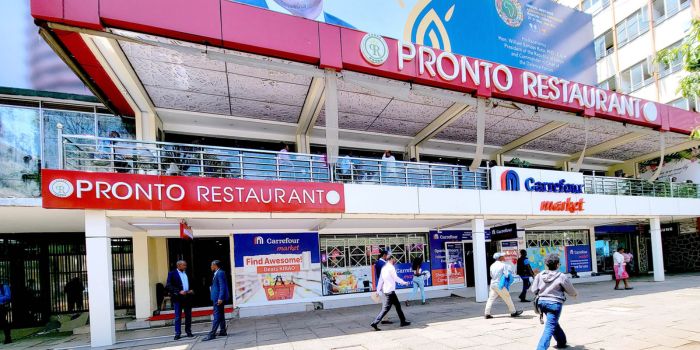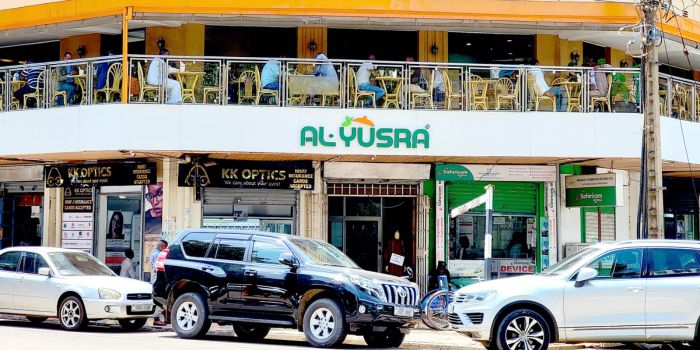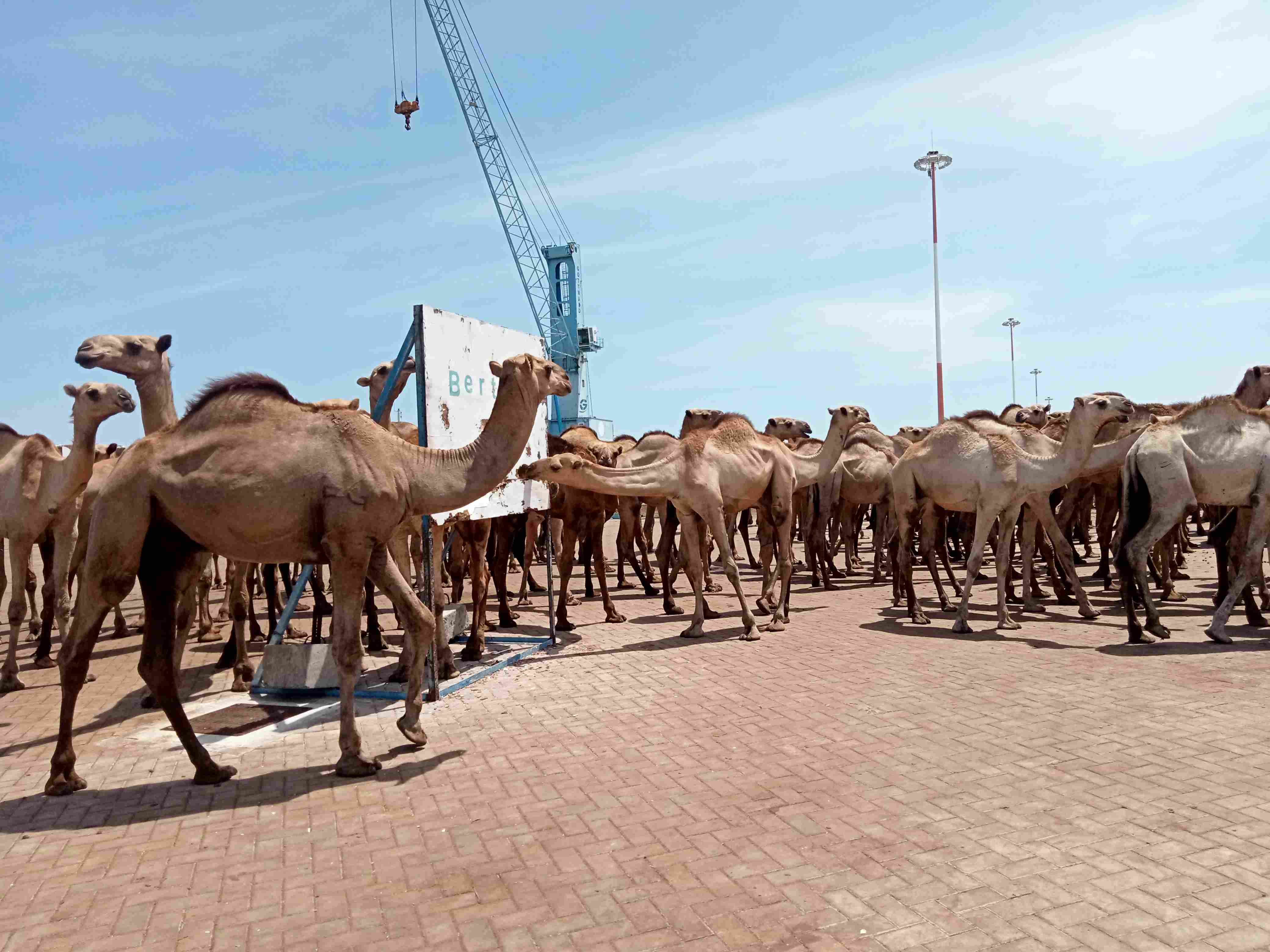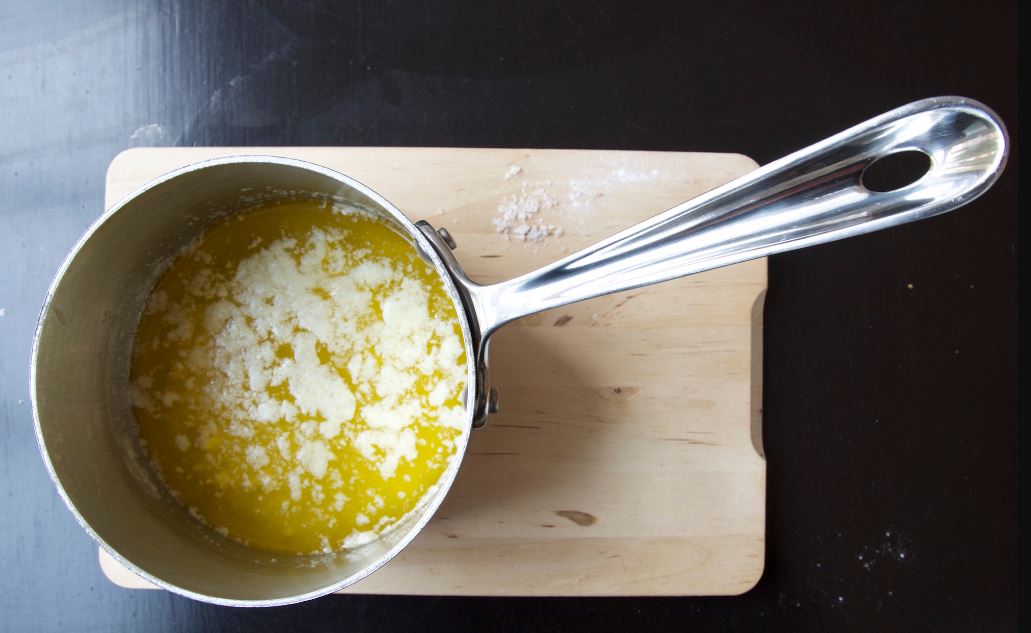How Somali cuisine came to define Nairobi’s culinary culture

By Silas Nyanchwani |
Between 2008 and 2014, almost every nightclub that closed shop in the Nairobi CBD was replaced by a Somali restaurant.
Up to 15 years ago, a visitor to Nairobi would struggle to put a finger on what the city’s culinary delights were. While there was nyama choma and ugali, for many it marries the Maasai culinary culture on the meat part and the Bantu people’s preferred staple starch.
Our hotel menus were thin on variety, and what they called continental dishes had a mundane, often tasteless touch to them, but we persevered due to the lack of diversity.
Keep reading
“Nairobi was for the longest time a cuisine desert,” says Darius Okola, a city-based economist and researcher.
Ugandans always had their matoke and ground nut sauce, typically served with a variety of other starches like ugali and cassava with meat or beans.
Tanzania’s culinary landscape has a long history of Arab and Swahili influences, which significantly enriched their gastronomic choices. And Ethiopia arguably has the most flavourful culinary options with unique traditional preparations.
Kenya’s options on the table always tended to fall into three categories: From western Kenya, you had a staple of ugali (maize/casava/millet) with traditional vegetables — usually bitter herbs — with beef for the Abagusii and the Kuria, a variety of fish and meat for the Luo, and chicken as the most favoured among the Luhya.
The other options were mostly from communities in the Mt Kenya region, with their mukimo, githeri along with cabbage as the preferred vegetable, and a variety of cereals ranging from peas to lentils. People from Western Kenya always frowned upon these foods.
The third option was the coastal dishes, made better by a love for spices and coconut milk in their various types of cooked rice (plain, biriani, pilau), served with beans, fish, and other sea food, besides meat. However, Swahili foods have remained elusive, and Nairobi still hankers for an authentic Swahili dishes restaurant.
Top restaurants
For the longest time, Somali cuisine always hovered on the periphery. To get it, you had to visit about two or three restaurants in Nairobi’s central business district, or you had to go all the way to Eastleigh.
The few that existed were always confused for Swahili dishes. Most people assumed that Somali cuisine was just part of the coastal food culture because of the similarities, geographical proximity and inevitable Arab and Indian influences.
Al-Yusra, one of the pioneer Somali restaurants, was opened in the mid-2000s on Banda Street, in the centre of the city, heralding a future of Nairobi whose culinary heritage would come to be defined by Somali cuisine. It happened almost overnight.
 Al-Yusra Restaurant on Banda Street in the Nairobi central business district. (Photo: Ahmed Shafat/EV)
Al-Yusra Restaurant on Banda Street in the Nairobi central business district. (Photo: Ahmed Shafat/EV)
Between 2008 and 2014, almost every nightclub that closed shop in the Nairobi CBD was replaced by a Somali restaurant. The partying and drinking culture was slowly pushed to the suburbs, or specific neighbourhoods or roads, where the clubbing shifts routinely.
Out went Ibiza, next to Nation Centre, and in came City Star. Out went Club Sound at Hamilton House along Wabera Street, and a Somali restaurant was opened in its place.
More nightclubs would be closed to pave the way for Somali-owned restaurants.
Overall, the last decade has seen the growth of Somali restaurant chains such as Pronto and Kilimanjaro. Al-Yusra, the oldest now, has two branches, with its latest addition being the Post Bank Branch, as well as another one in Mombasa.
There are other notable but independent such restaurants in the CBD, with their unique customers who swear by their various delicacies. Café Javas (CJs), though with Ugandan origins, is also very Somali, even though its esoteric menu is not traditionally Somali.
With almost 20 notable restaurants that target Nairobi’s middle and working class, it is safe to say that Somali cuisine now defines the city’s dining.
With this, the Nairobi city centre’s food culture is now synonymous with Somali cuisine.
Most popular choices
In a social media poll done by this writer with over 400 votes, the arosto and the aleso (young goat meats prepared differently) were voted as the most popular choices. Voters demonstrated excellent knowledge of Somali foods.
"I love those Somali restaurants, both for their biriani and pilau, which are technically coastal foods. Before Somali restaurants, we did not have variety,” says Elizabeth Nthenya, a farmer and communications consultant with interests in different cuisines.
She says she enjoys Somali restaurants, notably Kilimanjaro and Al-Yusra.
“They introduced a new way of cooking goat meat, and they also introduced us to camel meat and camel milk tea,” she says.
As Somali restaurants compete for diners, each is adopting a different strategy. Al-Yusra, for instance, now offers camel meat and milk specialties, targeting both Kenyans and tourists who want to sample camel products.
"I felt like I was almost tasting the vegetation those camels were eating. If you’ve ever taken goat milk tea, you might get an idea of what I’m talking about. Maasai goats, especially. The best part about camel meat is the minimal spices they added and still maintained the taste of the meat,” Nthenya says.
Each of the restaurants serves Somali cuisine, but each chain has its unique menu and recipes that distinguish them.
Some are experimenting with Indian, Arabian, Turkish, and other Middle Eastern cuisines. Others lean heavily on Swahili traditions, and out of necessity, more are blending with continental African cooking.
 Kilimanjaro Jamia Restaurant on Kimathi Street in the Nairobi central business district. (Photo: Ahmed Shafat/EV)
Kilimanjaro Jamia Restaurant on Kimathi Street in the Nairobi central business district. (Photo: Ahmed Shafat/EV)
Key growth factors
Several factors explain the exponential growth and acceptance of the Somali food culture.
For starters, the Somali population has grown significantly in Nairobi as many move south and west in search of business and schooling opportunities. Somali-owned businesses have grown significantly in the last two decades. The food easily appeals to this ethnic base, which now forms a substantial population of Nairobi.
"As Somalis, we love rice (bariis) with meat. Mostly, rice is cooked as a separate meal from meat, which appears as a side dish. Sometimes at home, Somalis prefer cooking meat in a stew (maraq) along with spaghetti, often called pasta. Ninety per cent of Somalis take their food with bananas," says Mohamed Alioh, a Garissa-based writer.
He says Somali restaurants thrive because they prepare food using readily available ingredients.
"Similarly, simplicity and quantity have also been factors, as Somali food joints are best known to serve large dishes that are shared among many, unlike other hotels. Somali food has also been conquered over time thanks to its affordability. The prices are way cheaper for the quantity served,” says Mohamed.
Secondly, with the death of many nightclubs and the dearth of good food variety in the CBD, the rest of the country started to experiment with Somali cuisine and naturally fell in love.
The food preparation, be it the meaty servings preferred by most (arosto or aleso), or their rice or pilau options, along with their various spices, endeared people to the restaurants, and it was a breath of fresh air to the city’s limited food options.
Other add-ons, such as salads and yoghurt offered by some restaurants like Al-Yusra and pepper sauces in restaurants like CJs, add to the magic.
Thirdly, the large food portions may make sustainability-minded people question their generosity. All these come at relatively affordable rates, despite the recent inflation that led to an increase in food prices.
Other key factors
Along with the easy preparation of the meals, the capacity to mass produce, and the fiscal discipline of the Somali businessmen, the restaurants have thrived.
And now, a visitor to Nairobi is likely to be taken to a Somali restaurant for not just the famed young and tender goat meat, but also the possible variety of meals, as most combine Swahili dishes with Somali, Ethiopian, as well as some bits of continental dishes such as ugali.
Other exceptions, such as liver and pancakes for breakfast, are now popular.
With changing economic fortunes, the restaurants have drastically upgraded their interior design, giving them a modern, urban, and aspirational swag. They spend a fortune on their interior décor and lighting, constantly upgrading, and this competition has seen many fashion their menus differently.
“Camel products need more appreciation, not just by the Somalis, but by Kenyans and tourists to the country,” says Abdul Wahaab, manager at Al-Yusra, rooting for the exotic appeal of camel products.
“Camel milk has great health and medicinal benefits, is rich in vitamins, and can help prevent diseases like cancer, diabetes, and even heart conditions,” adds Abdul.
“We have had to tweak our menu, introduce other specialties such as the Afghan pulao, and deserts such as kunafa from Turkey as a way to stand out.”
At Kilimanjaro, like in all the Somali restaurants, the focus is on platters, which encourage communal eating, which is favoured by non-Somalis as it encourages trust and togetherness.
Beyond the unique menus, each restaurant is active on social media, and more are venturing into food delivery to increase their sales, as the popularity of their food soars.
Peris Wakesho, a trained restaurateur from the Coast, says that Somali food resonates well with continental Kenyan food, hence its popularity.
Reader comments
Follow Us and Stay Connected!
We'd love for you to join our community and stay updated with our latest stories and updates. Follow us on our social media channels and be part of the conversation!
Let's stay connected and keep the dialogue going!









